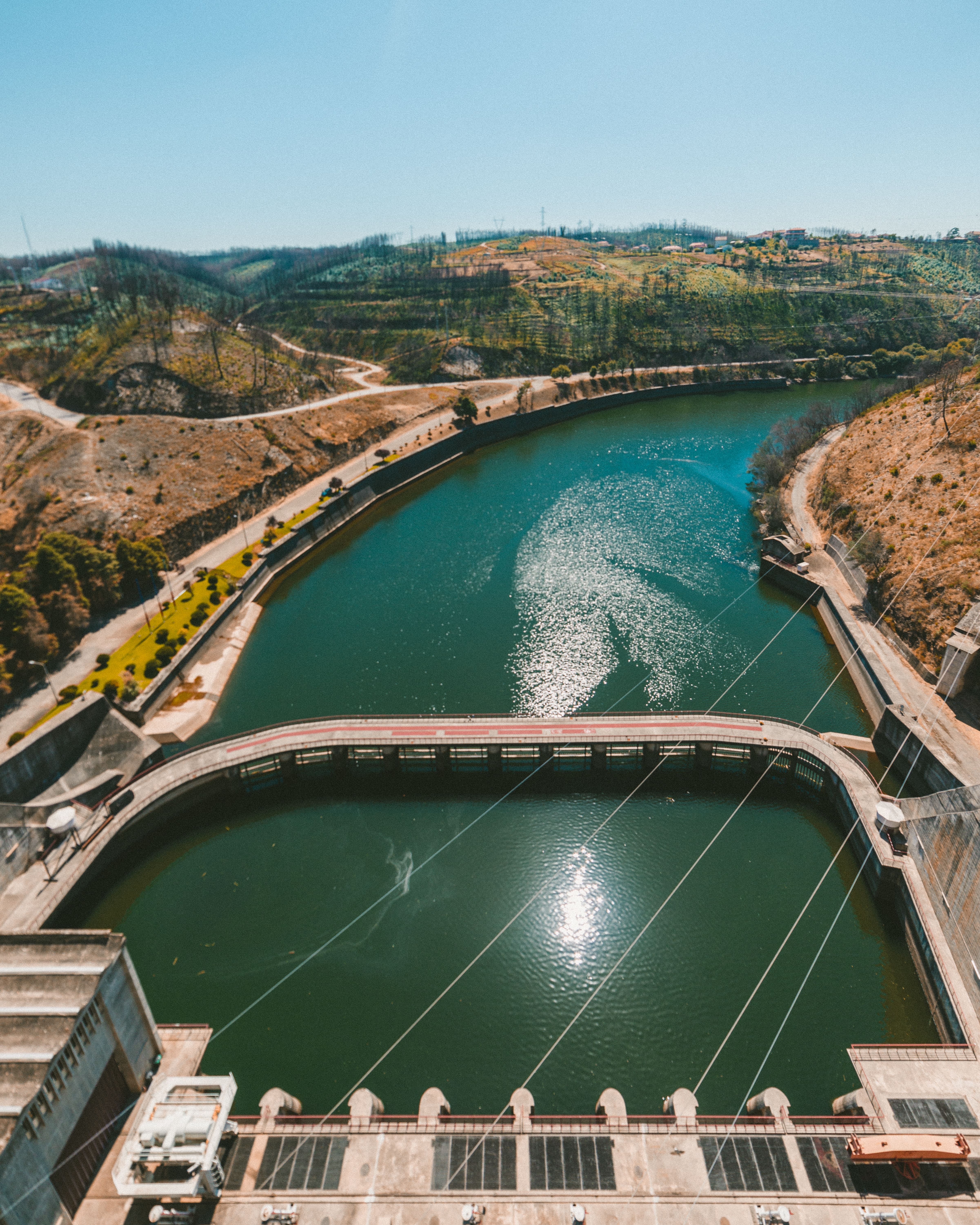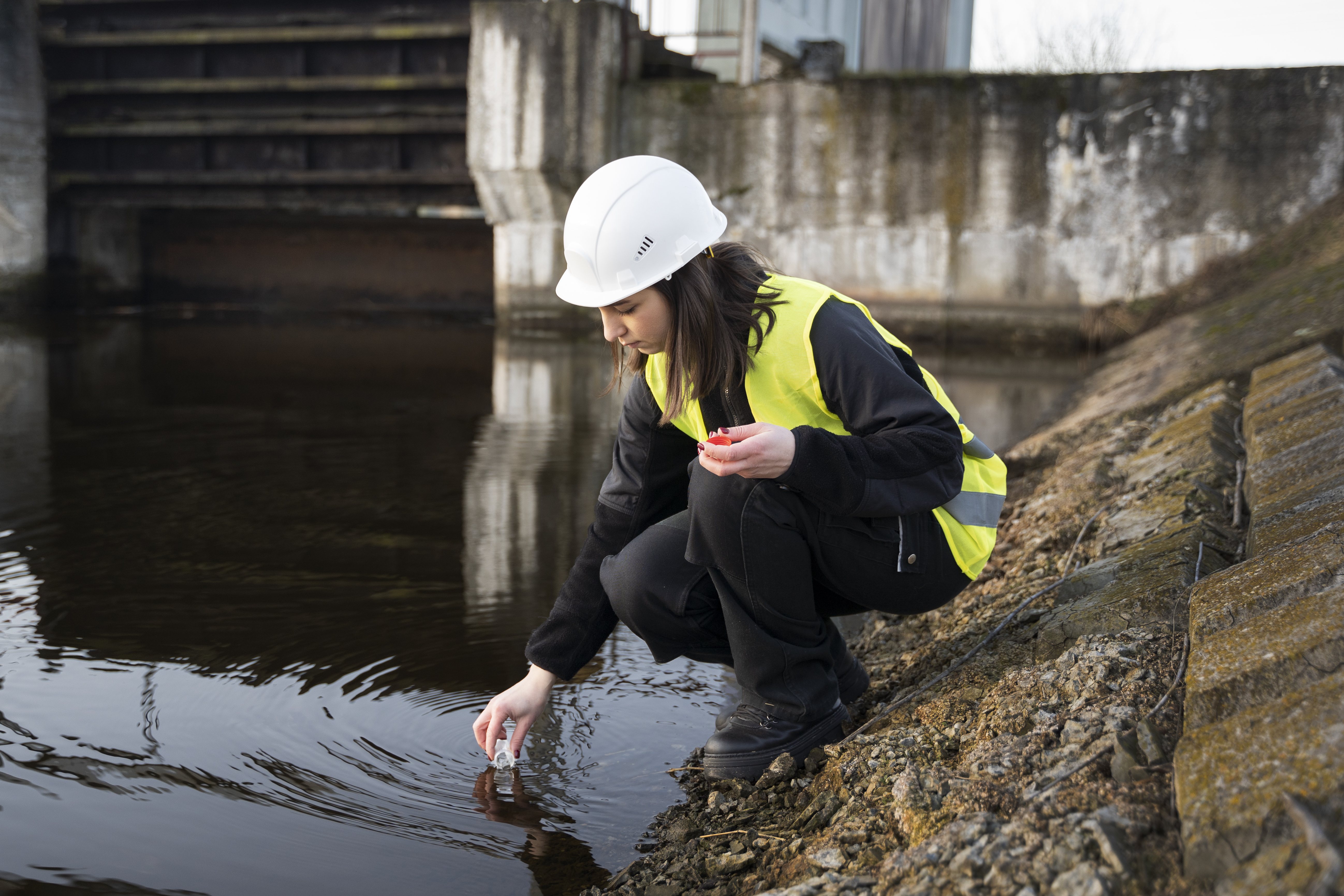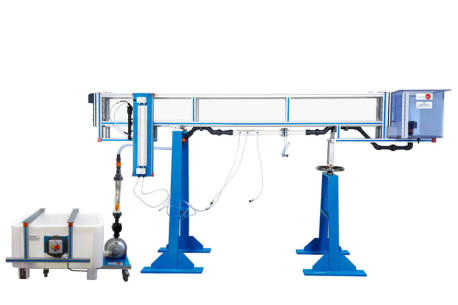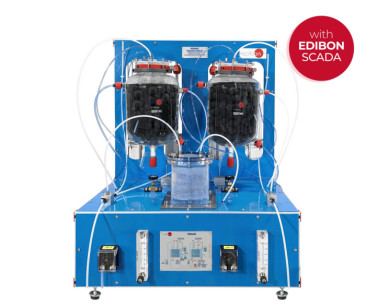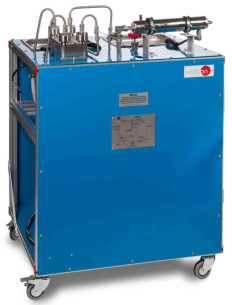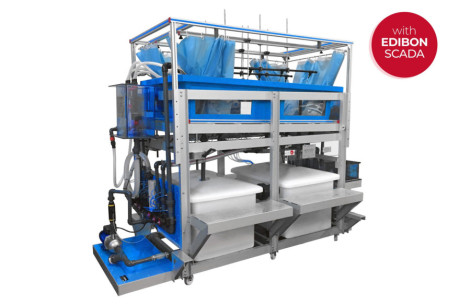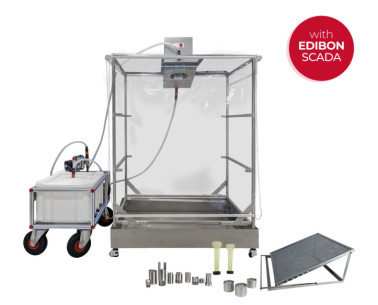
The Importance of Water Treatment Systems
Water treatment systems play a crucial role in providing safe drinking water. These systems remove contaminants and pathogens, ensuring that water is safe for human consumption. The process typically involves several stages, including filtration, disinfection, and chemical treatment.The goal is to remove harmful substances while maintaining the beneficial properties of the water.
Components of a Drinking Water Treatment Plant
A drinking water treatment plant is a facility designed to treat raw water to meet safety standards. Key components include:- Intake Structures: Extract raw water from natural sources such as rivers, lakes, or reservoirs.
- Coagulation and Flocculation: Chemicals are added to the water to bind particles together, forming larger flocs.
- Sedimentation: Flocs settle to the bottom of a sedimentation tank, allowing the removal of suspended solids.
- Filtration: Water passes through sand, gravel, and activated carbon filters to remove smaller particles.
- Disinfection: Chemicals like chlorine are added to eliminate any remaining pathogens.
- Storage and Distribution: Treated water is stored in tanks before being distributed through a network of pipes.
 Preferensi cookie
Preferensi cookie

